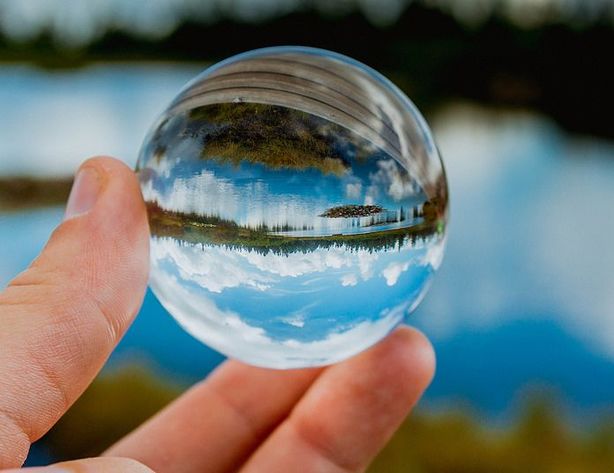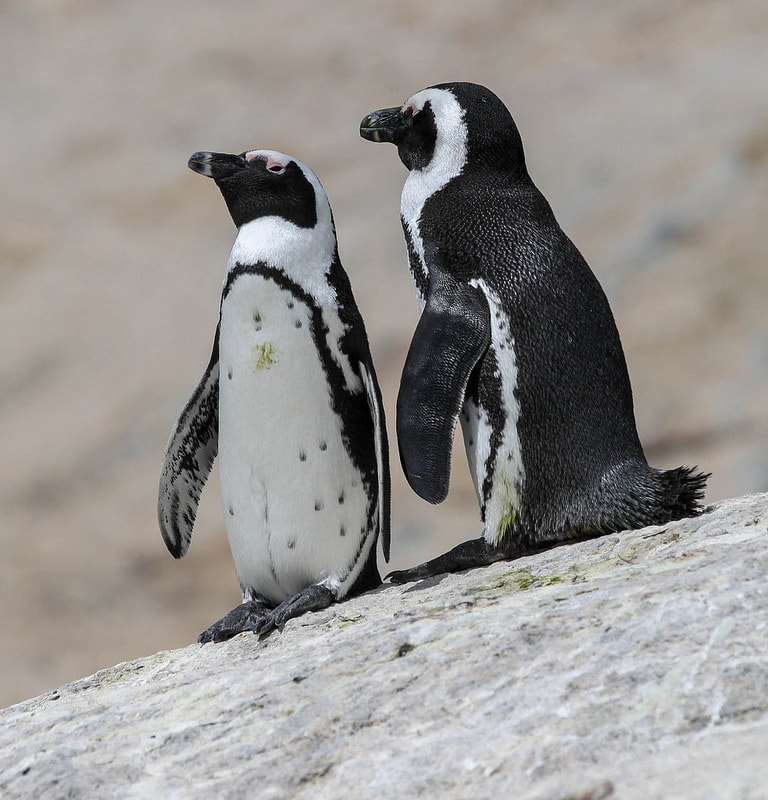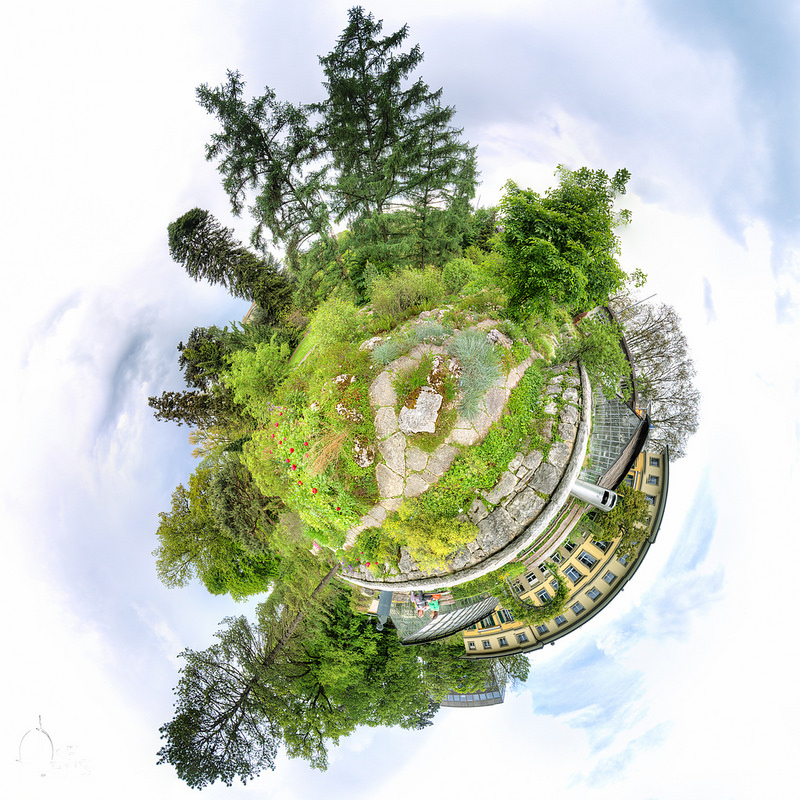What is Environmental Science?
MENU
|
|
|
INTRODUCTION TO ENVIRONMENTAL SCIENCE
What is Environmental Science?
HOW DO OUR DAILY CHOICES EFFECT OUR ENVIRONMENT?
ECOLOGICAL LEVELS OF ORGANIZATION
It starts with one. One person, one lion, one flower. One footprint, one connection with the sand, one breeze, one sunset. One life, one world, one energy, one vibration. We are many, yet we are ONE.
No man is an island entire of itself; every man is a piece of the continent, a part of the main; if a clod be washed away by the sea, Europe is the less, as well as if a promontory were, as well as any manner of thy friends or of thine own were; any man's death diminishes me, because I am involved in mankind. And therefore never send to know for whom the bell tolls; it tolls for thee. |
THE LEVEL OF THE ORGANISM
We begin with an ORGANISM. An organism is refers to only one single living individual. This can refer to me, to you, to an elephant, a scorpion or the tiny single-celled amoeba. Organisms are extraordinarily diverse. With all our science and all our knowledge, mankind continues to uncover an astonishing 15,000 to 18,000 new species every year. |
THE LEVEL OF POPULATIONS
John Donne once eloquently wrote, "organisms bestowed with the miracle of life depend upon each other for good health, mental and emotional well-being, protection and reproduction." A POPULATION, therefore, is a group consisting of more than one organism of the SAME SPECIES. The old phrase "safety in numbers" often rings true in nature. We see this evidenced in the herds of antelope consisting of countless watchful eyes ready to send a signal of panic throughout the heard at the first sign of danger.
|
We also see this interdependence beautifully displayed among the valiant Emperor Penguins of the South Pole. They combat the extremely frigged arctic by huddling together in tight groups, taking turns on which members line the life-threatening freezing outer edge.
|
COMMUNITY
Populations struggle to survive and thrive. Much of their lives are spent seeking out the basic necessities of life; food, water, shelter and a means of procreation. For this reason, we see many populations of different species coming together in a particular geographic area to form a COMMUNITY. We observe that such communities in nature exist clustered within a convenient distance from food and water sources.
THE LEVEL OF THE ECOSYSTEM

In communities, there are a multitude of interactions between different species and among the same species. Some may be direct interactions of competition or predation, while others may be more subtle. As intricate and complex as many of these interactions are, they do not give us the whole picture. Living organisms also interact with the non-living (or abiotic) components of the environmental. Therefore, we look at the bigger picture of the ECOSYSTEM.
An ecosystem consists of all of the living organsisms in a given area, their inter-specific and intra-specific species interactions AND the the interactions between these organisms and the abiotic (non-living) factors of the ecosystem. This includes factors such as rainfall, atmospheric conditions, temperature, amount of sunlight, elevation, soil composition and water sources, that play important roles in species' survival.
THE LEVEL OF THE BIOSPHERE
|
|
We observe ecosystems of all shapes and sizes throughout our precious planet. When we consider it all, the whole world, the living creatures and the non-living, life-giving oceans, the delicate atmosphere and the solid ground beneath our feet, we come to the level of the BIOSPHERE. Along with this consideration is the hope that our planet will be home for our children and for generations to come.
|



